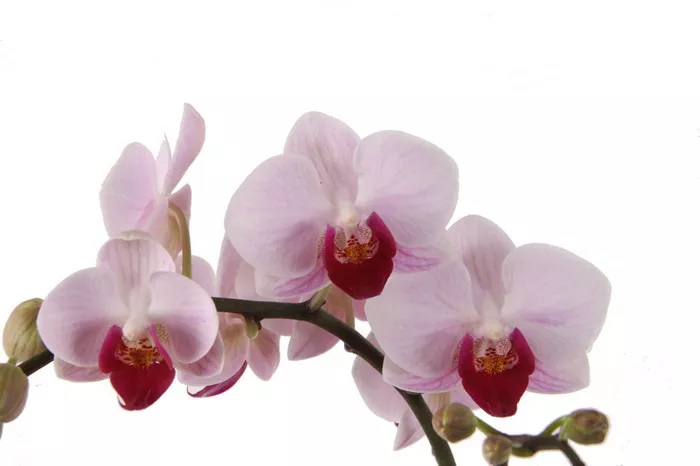The intricate process of flower development in plants is influenced by a myriad of factors, both internal and external. Among these, hormones such as gibberellin (GA) and abscisic acid (ABA) play pivotal roles in orchestrating this complex biological dance. Orchids, renowned for their elegance and diversity, particularly exemplify this complexity, where flower bud dormancy is crucial for their survival under varying environmental conditions and for ensuring timely blooming. Despite its critical importance, the precise molecular mechanisms governing floral bud initiation and dormancy have remained elusive, prompting a need for comprehensive investigation into hormonal regulation in flower development.
Researchers from the Guangdong Key Laboratory of Ornamental Plant Germplasm Innovation and Utilization have made substantial strides in this field. Their study, published in Horticulture Research, employs an integrated approach combining proteomic, transcriptomic, and metabolomic analyses to unravel the regulatory networks governing floral development in Cymbidium sinense. The research underscores the central roles played by GA and ABA in the intricate processes of floral bud dormancy and activation, providing a detailed understanding of the genetic and hormonal interplay at work.
The study’s multi-omics methodology involved a thorough analysis across six developmental stages of Chinese Cymbidium orchids. It pinpointed GA and ABA as key regulators in the dormancy and activation phases of floral bud development.
Through transcriptome and proteome analyses, researchers identified 10 gene modules pivotal to these developmental stages. Early-stage gene clusters primarily governed flowering time regulation and meristem determination, while late-stage clusters were intricately linked with hormone signaling pathways.
Metabolomic profiling revealed 69 potential hormones, underscoring GA and ABA as crucial regulatory hubs. Experimental validations demonstrated that exogenous GA applications accelerated bud elongation and heightened the expression of flower development genes, whereas ABA applications prolonged dormancy. Further functional experiments confirmed GA’s role in promoting floral bud growth, while inhibitors of ABA modulated dormancy duration.
A significant discovery was the identification of CsAPETALA1 (CsAP1) as an ABA target, influencing floral bud activation and subsequent development. These findings illuminate the intricate interplay between GA and ABA in coordinating the floral transition, offering invaluable insights for horticultural practices.
Lead researcher Dr. Fengxi Yang emphasized the implications of their findings, stating, “Understanding the hormonal regulation of floral development in Chinese Cymbidium orchids provides new avenues for managing flowering cycles in ornamental plants. Our study highlights the opposing roles of gibberellin and abscisic acid in bud dormancy and activation, potentially leading to innovative horticultural approaches. Manipulating these hormones could enhance flowering efficiency and quality across various orchid species, benefiting both commercial cultivation and conservation efforts.”
The implications of this research extend beyond horticulture, offering potential applications in the development of new orchid varieties with desired blooming characteristics. Moreover, the study provides a foundational framework for exploring hormonal interactions in other perennial plants, thereby enhancing agricultural productivity and sustainability.
In conclusion, the insights gleaned from this study are poised to significantly influence horticultural practices and commercial orchid cultivation. By deciphering the hormonal control mechanisms in flower development, growers can strategically manipulate GA and ABA levels to optimize flowering times and enhance floral quality, thus advancing both scientific understanding and practical applications in botanical research.


